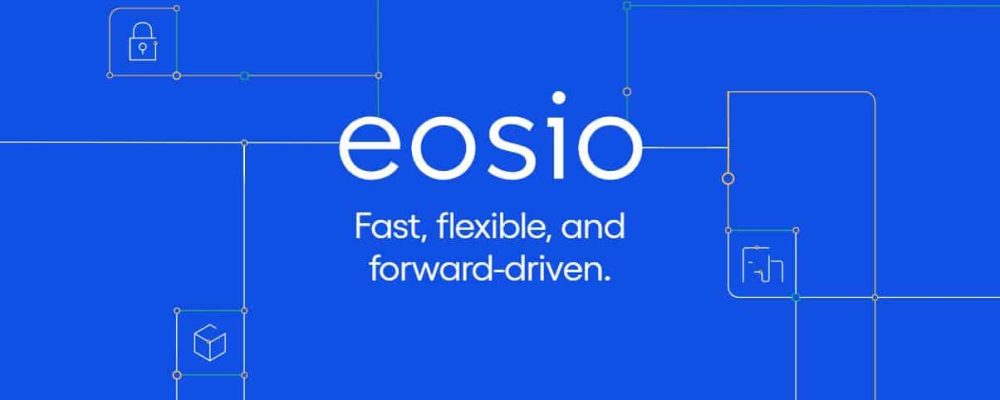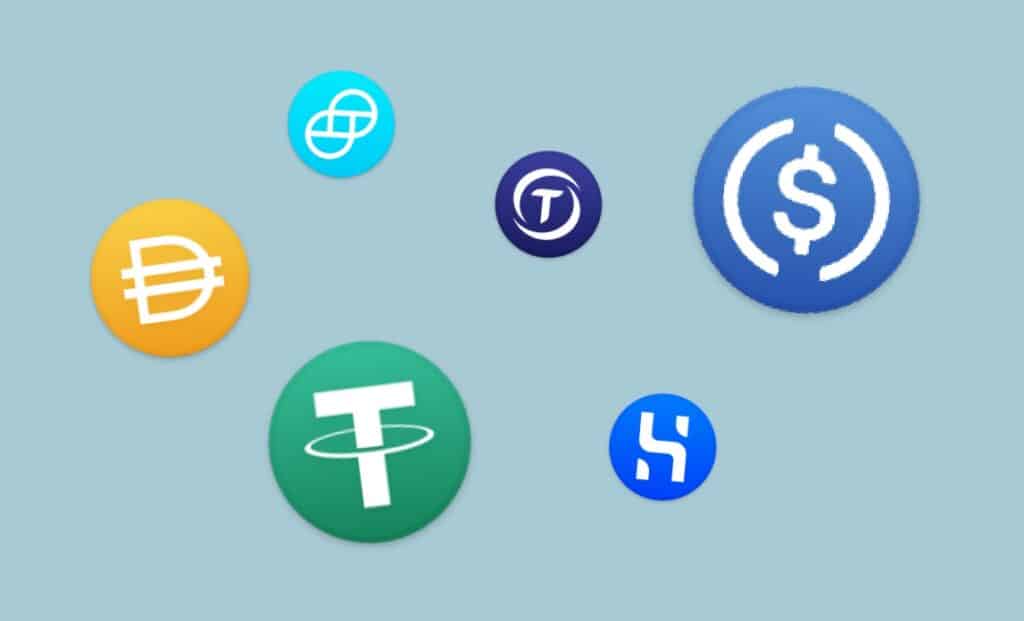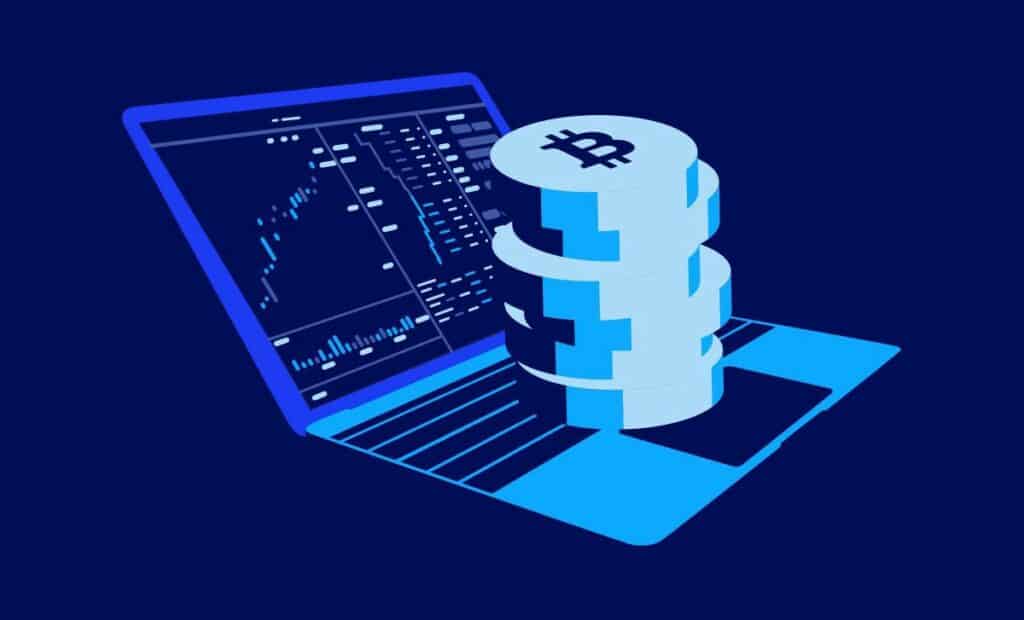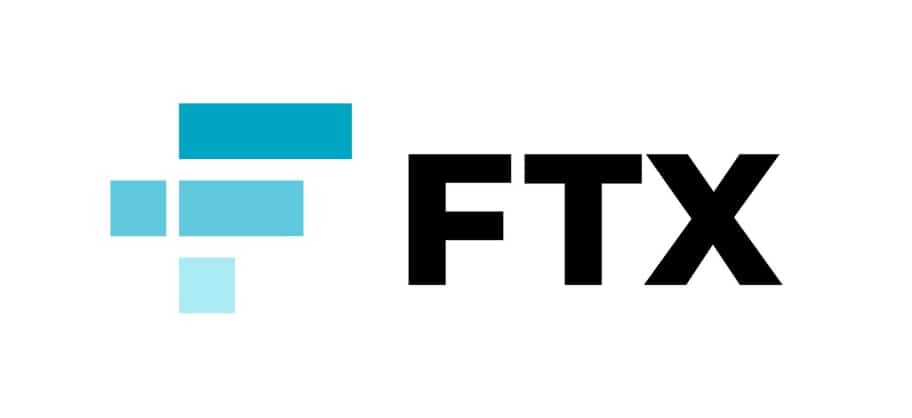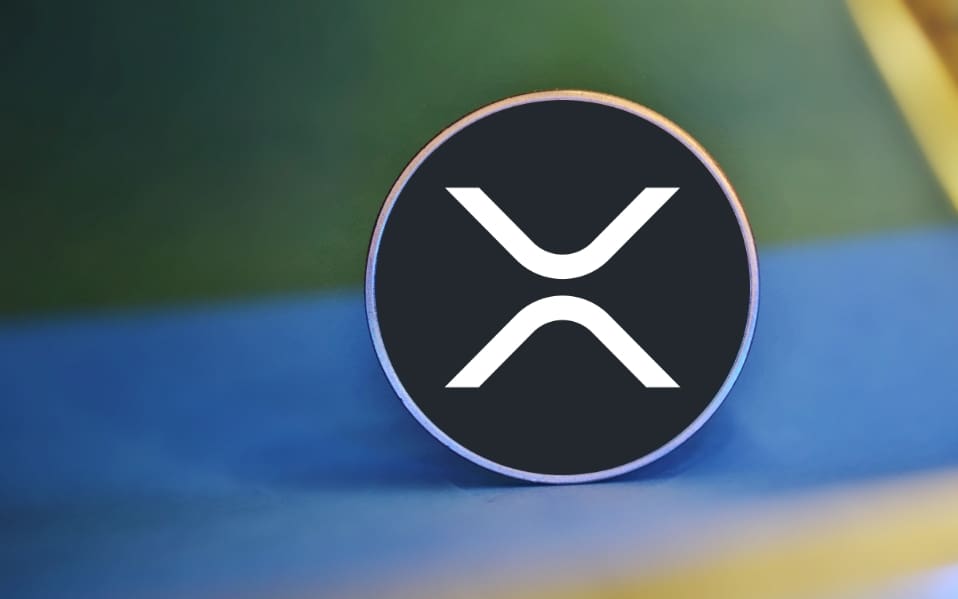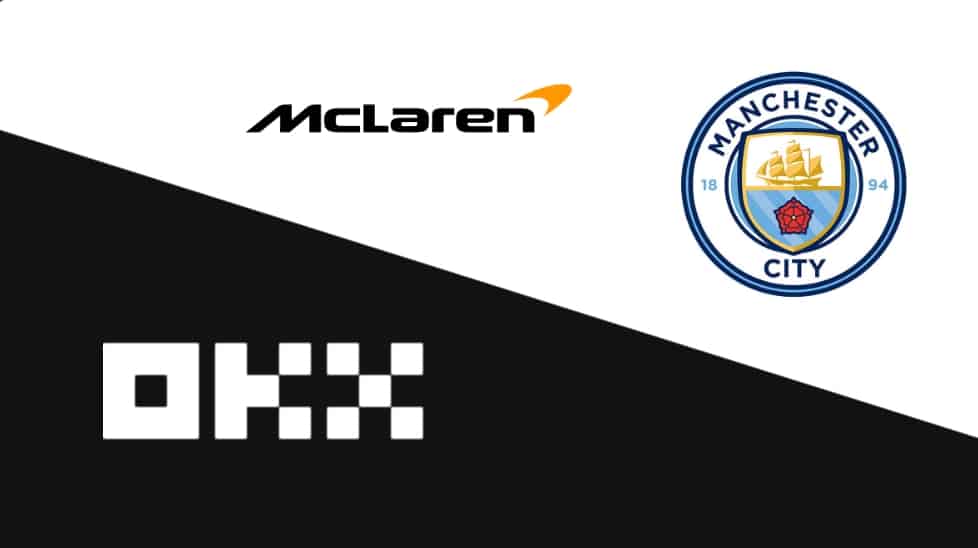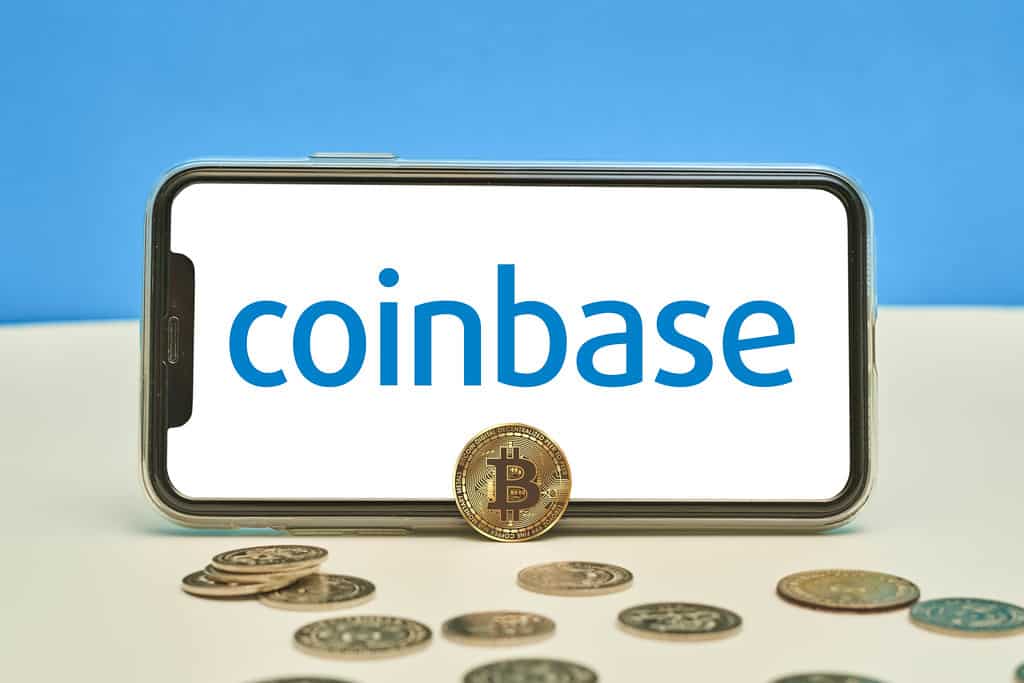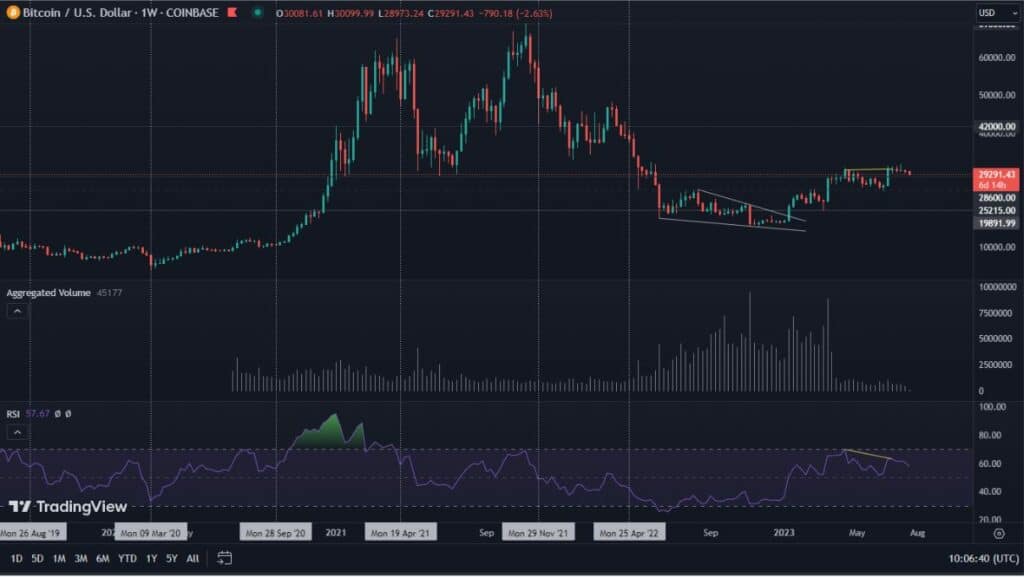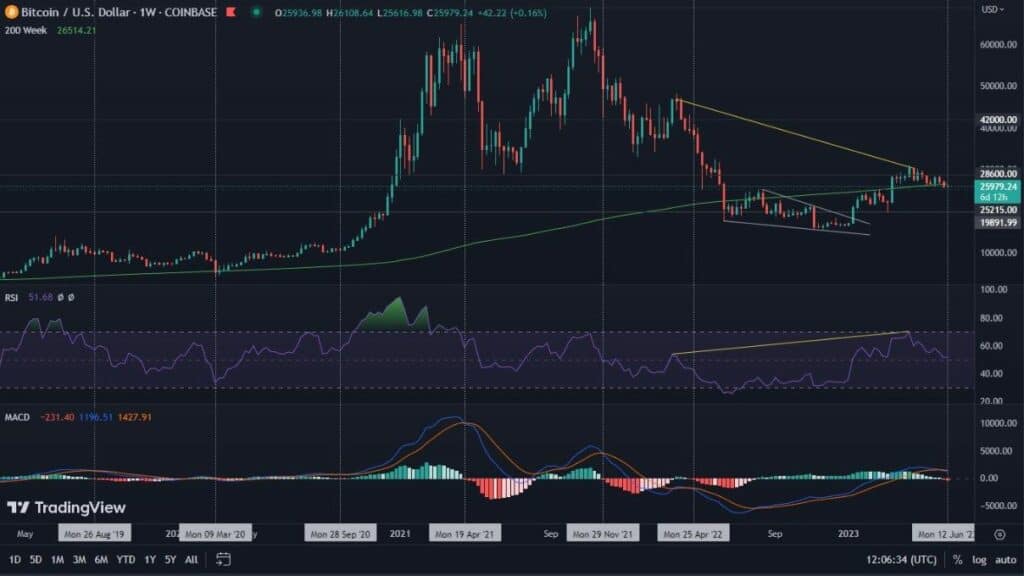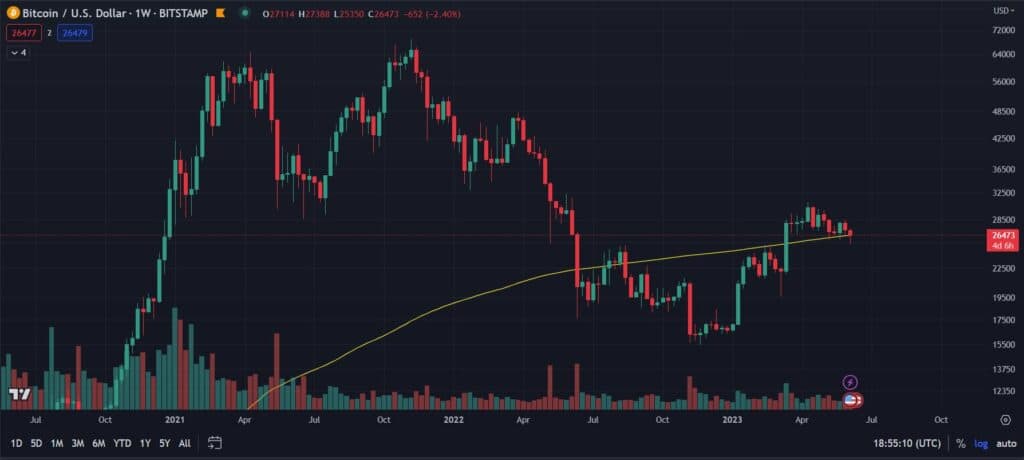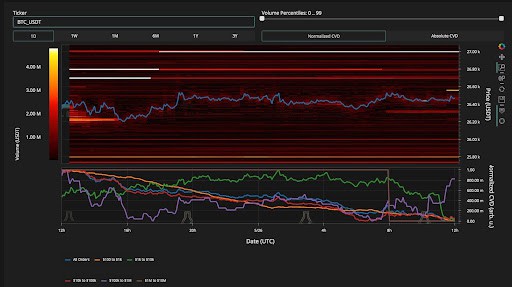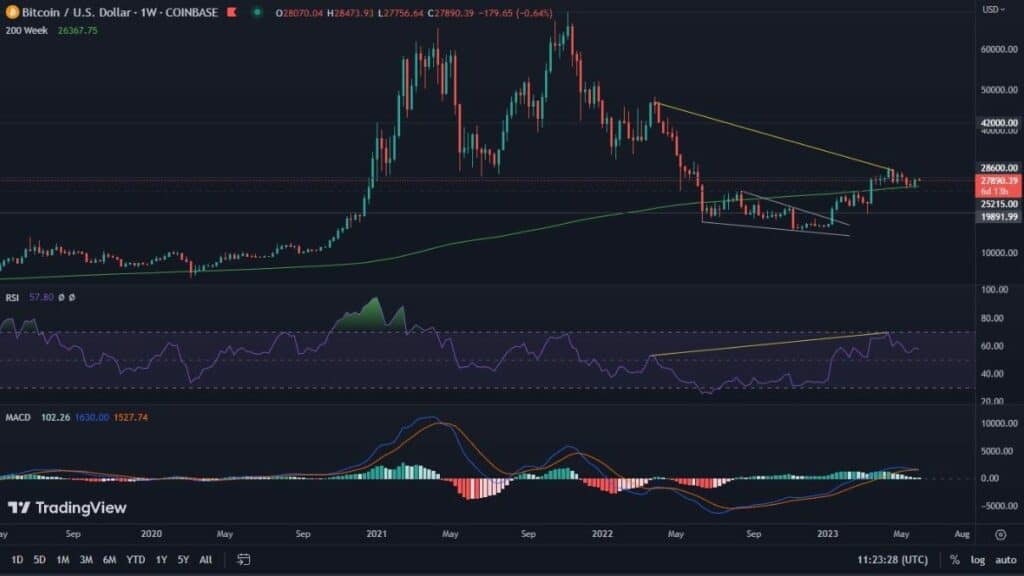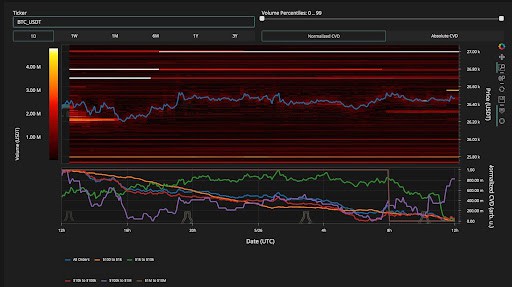Continuing the saga of introducing you to the foundations of the existence of different cryptocurrencies, this time we will take a look at the EOS project. This is another coin with an interesting history and its own solutions that are worth taking a look at.
Brief history and technical aspects of EOS
EOS is an example of a platform founded on the Ethereum blockchain. Initially, it existed as a classic ERC20 token, but in mid-June 2018, EOS moved to its own mainnet. The creator of the project is a company called Block.One, with Daniel Larimer taking the role of lead developer. He is a well-known figure in the blockchain community, as the co-founder of such crypto projects as BitShares, and Steem.
In order for the EOS.IO platform to come into existence, Block.One on June 26, 2017, began raising capital in the form of an ICO (Initial Coin Offering). The fundraising ended on May 31, 2018, making the ICO process for EOS the longest in cryptocurrency history. The campaign also raised a record amount of as much as 4.2 billion USD.
EOS is a decentralized and open-source platform. It allows the creation of applications (dApps), supports enterprise decentralization (DAC) and the creation of smart contracts. EOS is also the domain of fast transactions. The creators have set a goal of 15,000 transfers per second, while assuming the elimination of fees for their processing. Ultimately, the time in which EOS would confirm transactions is only half a second.
An interesting solution for this blockchain is that it is based on the Delegate Proof of Stake (DPoS) algorithm. This means that EOS token holders vote for 21 delegates who become Block Producers. Consequently, they get paid for processing transactions on the network.
EOS uses an interesting solution for its own network management model. It has arbitration instances such as the EOS Core Arbitration Forum (ECAF), which are tasked with resolving disputes as well as responding to various irregularities. An interesting solution here is that the ECAF has the power to order Blockchain Producers to freeze cryptocurrency wallets when there is a suspicion that the funds contained in them, come from theft or are the result of a hacking attack.
EOS price development
While Block.One was launching its ICO process in June 2017, the EOS token was priced at $0.99. Since then, EOS has rallied to its All Time High, which it finally reached on April 23, 2018. EOS was then valued at $22.71. At the time of writing this article, the coin is oscillating around $3 and is capitalized at 0.25% of the total cryptocurrency market capitalization. Considering the distance that separates EOS from ATH, we can assume that this coin has the potential to become one of the main beneficiaries of the strong altcoin season.
EOS capabilities
EOS solutions are an innovation of sorts, in an already innovative crypto world. Its spectacular start, backed by a record-breaking capital raised from an ICO, underscores how much confidence this project has. The lack of use of the Proof of Work algorithm, while using a modified version of Proof of Stake, indicates an out-of-the-box approach to creating the world of cryptocurrencies. And as we know, the market really likes projects that are backed by people with broad horizons, who are able to take what is most interesting from well-known solutions and modify them with their own visions. Many of the possibilities of EOS are made possible by the building applications, such as decentralization of businesses and instant transactions. We dare to assume that the so-called “price discovery” that EOS has in front of it during the current bull market may be one of the most interesting on the cryptocurrency market.

